Agricultural Technology Research Center, Hiroshima Prefectural Technology Research Institute and Institute of Fruit Tree and Tea Science, NARO (NIFTS) have developed a new rootstock cultivar "Reikodai 1 go", which is resistant to Ceratocystis canker (CC). The disease inhibits the stable production of figs (Ficus carica). As CC is difficult to control with pesticides, there are great expectations that the birth of new rootstocks will lead to the revitalization of fig production areas.
Occurrence of Ceratocystis canker (CC) and problems
The main producing areas of figs in Japan are Wakayama, Aichi, Osaka and Hyogo Prefectures. CC was first confirmed in Aichi Prefecture in 1981 and has since spread nationwide. In 2021, it would be estimated that this disease will occur in about 20 % of areas of cultivation. CC is one of the most serious diseases of figs and is caused by a species of fungus. When infected with this fungus, the leaves wilt and become discolored, and eventually the entire tree dies (Fig.1). Since the fungus remains in the soil, even if new cuttings are planted in the soil where the disease has occurred, they will be infected again and die within a few years. There is a method of injecting a fungicide into the soil, but in order to realize stable control effects, it is necessary to perform injection six times per year. Therefore, at present, it is not popular in terms of cost and labor.
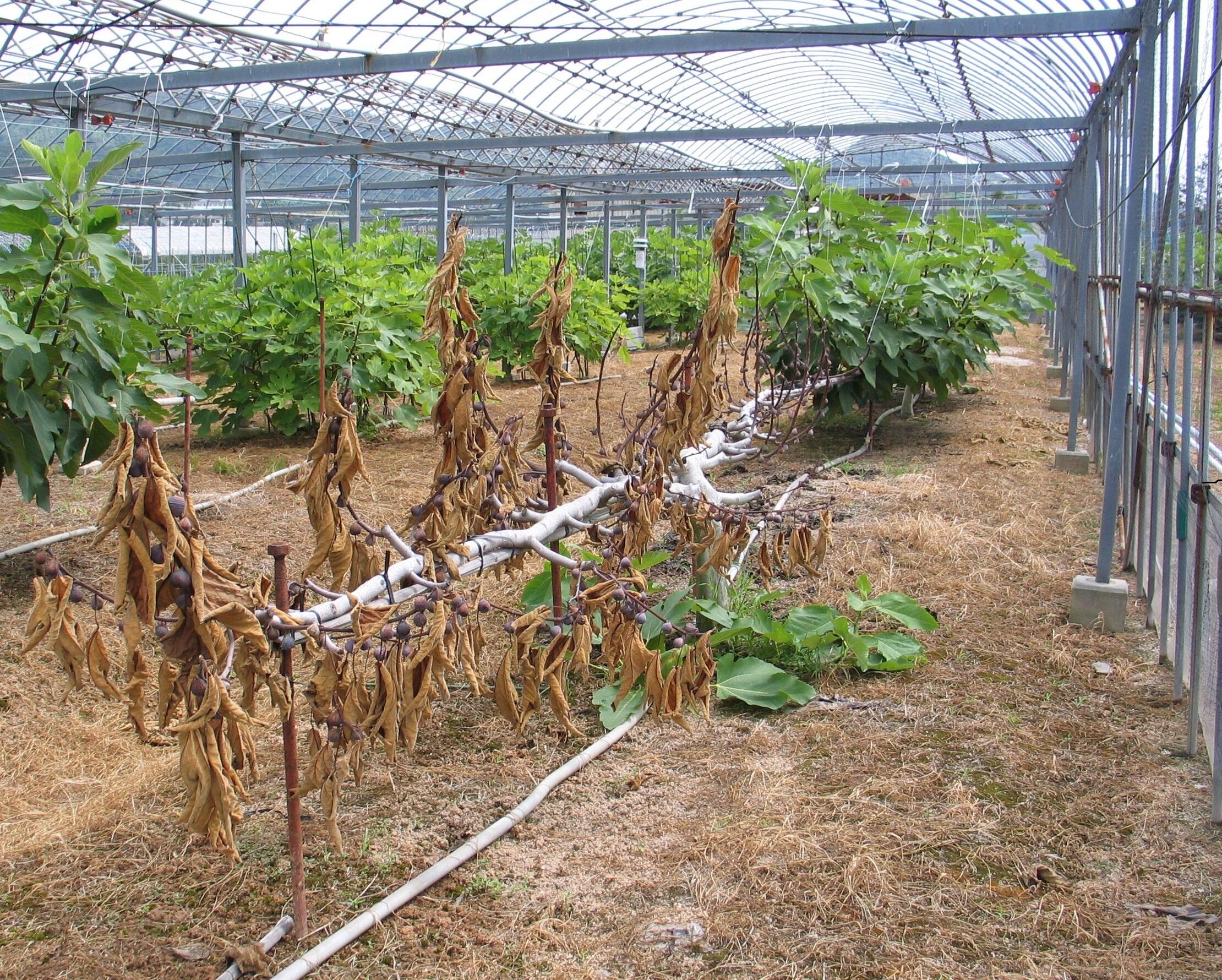
Fig.1 Fig trees that died due to Ceratocystis canker
(Provided by Agricultural Technology Research Center, Hiroshima Prefectural Technology Research Center)
A savior born from interspecific hybridizaion
A new resistant rootstock cultivar, "Reikodai 1 go", has appeared as a savior to overcome this situation. It has the characteristic of not dying even if pathogen of CC is present in the soil. Then, fig trees grafted onto this rootstock are expected to constantly grow and produce fruit stably in infected fields.
Ficus erecta, a wild species of the same genus as figs, has well known as that extremely resistant to CC. Even if F. erecta is used as a rootstock and a fig scion is grafted, grafting will be unsuccessful and the fig tree will die. Therefore, we attempted to obtain an interspecific hybrid between F. erecta and F. carica in order to breed a practical disease-resistant rootstock.
As a result of trying various combinations, an interspecific hybrid (Fig.2) was obtained by crossing fig and F. erecta. By crossing it with another fig, a new cultivar resistant to CC was born, and it was also confirmed that it can be used as a rootstock for figs. This is "Reikodai 1 go". It was named with the hope that it will be the first rootstock that encourages the production areas suffering from CC.
"Reikodai 1 go" was inoculated with the CC fungus to test its resistance to the disease, and it was confirmed that it is more resistant to CC than existing rootstock cultivars and exhibits resistance at the same level as F. erecta.
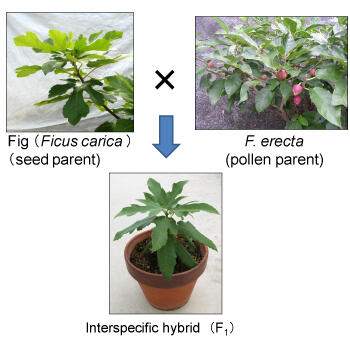
Fig.2 Interspecific hybrid produced by crossing
fig and Ficus erecta (Provided by NARO)
Yield and quality of "Reikodai 1 go" grafted trees are equivalent to those of own-rooted trees
Confirming resistance to CC is only half the solution. The next issue is to clarify whether "Masui Dauphine" (Fig.3) and "Horaishi", which are currently widely cultivated in Japan, grafted on "Reikodai 1 go" achieve stable fig production.
When Local Independent Administrative Agency Research Institute of Environment, Agriculture and Fisheries, Osaka Prefecture cultivated the rootstock "Reikodai 1 go" grafted with "Masui Dauphine" in the field, in the third year, it was possible to achieve the yield target of 30.5 kg or more per tree, which is considered to be a profitable indicator for farming management, and it was also found that the quality of the fruit was the same as that of "Masui Dauphine" 's own-rooted tree.
In addition, the Hiroshima Prefectural Agriculture Research Center planted grafted "Horaishi" in a field (Fig.4) and compared it with an own-rooted tree for four years. As a result, the fruit weight and sugar content were found to be the same as those of own-rooted trees, and the yield almost reached the production target of 2,500 kg per 10a in the fourth year of planting.
A similar experiment was also conducted at Fukuoka Agriculture and Forestry Research Center Buzen Branch for the cultivar "Toyomitsuhime" (Fig.5) bred by Fukuoka Prefecture. It was demonstrated that the sugar content is higher than that of own-rooted trees, and there is no difference in yield and quality.
Fig scions grafted to "Reikodai 1 go" will be sold from the fall of 2022 through the agents who join the Japan Fruit Tree Seedlings & Clonal Association and obtain license. In addition, there is no sale of only rootstocks. Shota Jikumaru, Fruit Tree Research Division, Agricultural Technology Research Center, Hiroshima Prefectural Technology Research Institute, who has been involved in development for many years, has great hopes for future spread, stating "Thanks to the results of this project, rootstocks that meet the needs of fig producers have finally been created. This will enable cultivation with reduced pesticides, contributing to the revitalization of fig production areas."
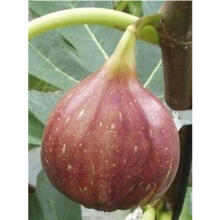 |
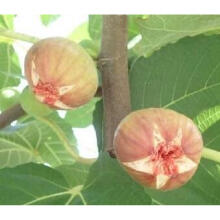 |
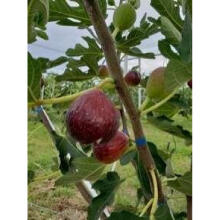 |
| Fig.3 "Masui Dauphine" (Provided by the Research Institute of Environment, Agriculture and Fisheries, Osaka Prefecture,) |
Fig.4 "Horaishi" (Provided by Hiroshima Prefectural Agriculture Research Center) |
Fig.5 "Toyomitsuhime" (Provided by the Fukuoka Agriculture and Forestry Research Center) |
Project name
Research Program on Development of Innovative Technology
Project period
FY 2017 to 2021
Title
Development of new cultivars of Ceratocystis canker-resistant rootstocks using interspecific hybrids with wild Ficus erecta
Leading research institutes
Agricultural Technology Research Center, Hiroshima Prefectural Technology Research Institute (representative institution),
Research Institute of Environment, Agriculture and Fisheries, Osaka Prefecture,
Fukuoka Agriculture and Forestry Research Center Buzen Branch,
Institute of Fruit Tree and Tea Science, NARO (NIFTS)
